Air Force A-10 Thunderbolt II aircraft fly over the U.S. Central Command area of responsibility after refueling midair, Sept. 4, 2020.
Providing up-to-date information, news and original content on American Military issues.
Air Force A-10 Thunderbolt II aircraft fly over the U.S. Central Command area of responsibility after refueling midair, Sept. 4, 2020.
Navy Cmdr. Rudolf Hawkins fires an M4 rifle during a live-fire exercise aboard the USS Gerald R. Ford in the Atlantic Ocean, Sept. 6, 2020.
Marines prepare to build a bridge during humanitarian assistance and disaster relief training at Mount Bundey Training Area, Australia, Sept. 5, 2020.
Soldiers dig out a hotspot during mop-up operations on the Complex wildfire in Mendocino National Forest, Calif., Sept. 4, 2020. The soldiers are supporting the Defense Department’s wildfire response, working side-by-side with professional firefighters.
Coast Guard Maritime Safety and Security Team 91101 members deploy from an MH-60 Jayhawk helicopter during training near the entrance to the Columbia River in Astoria, Ore., Aug. 17, 2020.
A Marine uses a welding torch to perform a simulated breach during a training exercise aboard the USS Germantown in the South China Sea, Sept. 6, 2020.
Army Sgt. Jose Galva Diaz sets up an M18 Claymore training mine during the U.S. Army Reserve Best Warrior Competition at Fort McCoy, Wisc., Sept. 6, 2020.
Marines assemble a camouflage canopy before a demolition range training event in Kuwait, Aug. 31, 2020.
Army Spc. Ivan Torres-Leon navigates a weaver obstacle during the 2020 Army Reserve Best Warrior Competition at Fort McCoy, Wis., Sept. 5, 2020.
Sept. 8, 2020 | BY DAVID VERGUN AND C. TODD LOPEZ , DOD News
In 2005, at the age of 16, Vincent Hancock won his first world championship title in men's skeet. The following year, he joined the Army.
Six years after joining, he said the Army had provided him with something that he couldn't get elsewhere.
"The military has given me a completely different outlook on life," Hancock said. "The determination they have instilled in me and the ability to grasp hold of opportunities is unlike any other. That's what the military instills in their soldiers.
"The military has led me in a direction that I don't think I could have gotten anywhere else," Hancock continued. "The marksmanship unit family that I've come to know over the past six years has just been an amazing company to be in. They have pushed me further than I knew that I could have gone, and they helped mold me into the man I am today."
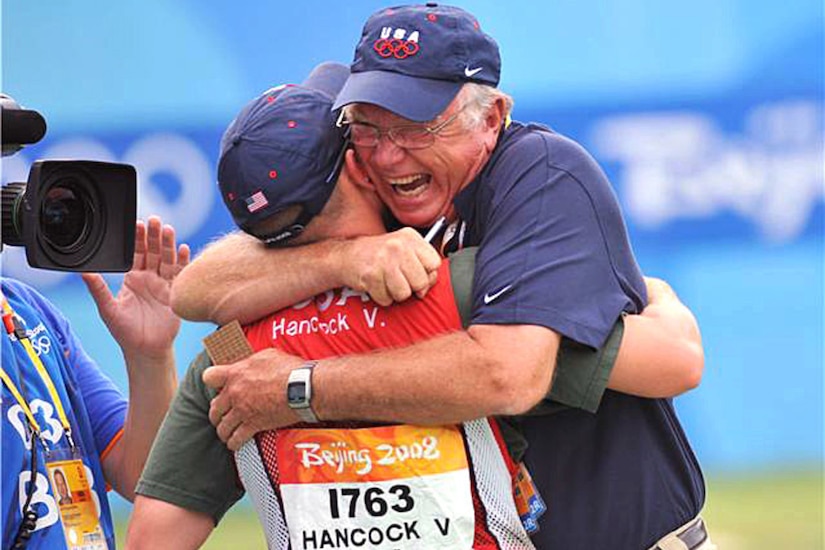
While still in the Army, Hancock won gold medals in men's skeet at the 2008 Summer Olympics in Beijing and at the 2012 Summer Olympics in London. He is the first skeet shooter to repeat gold in the Olympics.
He also won gold in the men's division in the World Skeet Championships in 2009 and again in 2015. Hancock also represented the U.S. in the 2016 Olympics, but he didn't medal. In 2018, he won the gold again in the World Skeet Championships.
The skills he learned in the Army as part of the Army Marksmanship Unit didn't end when he left the Army in December 2012. He said he's passing those skills on to others. He and his father have started the "Hancock Shooting Academy," where he said participants will learn to be better shooters.
Hancock said it isn't money or more medals that's motivating him now. Instead, he said it's the desire to further the sport of shooting, to bring more enthusiasts into the fold and to teach newcomers what he knows.
"We've had people come to us for lessons that have never even touched a shotgun before, and this is their first time," Hancock said. "My goal for the shooting academy is not just to take the elite-of-the-elite and help them get better; it's to help grow the sport. That's the stage I'm in, in my career right now. I'm not about winning as many medals as possible or making as much money as I can. It's about growing my legacy, being able to pass on the knowledge I've learned over the past 13 years to people all around the nation and all around the world."
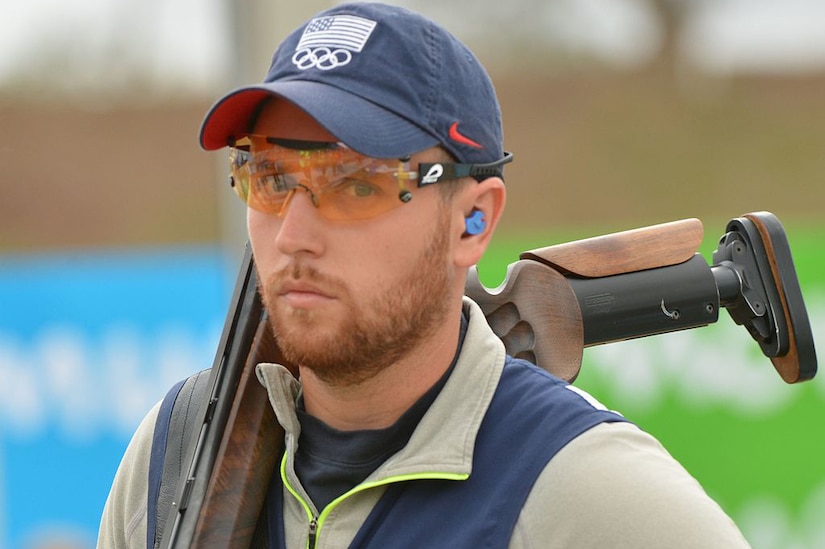
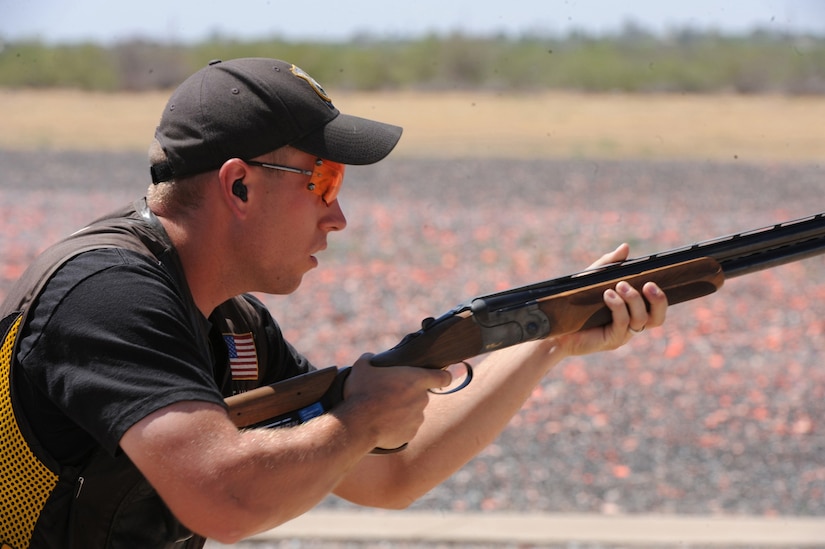
Hancock started competing in shooting at age 11, and he said he now wants to do everything he can to promote a sport that has given him a lot.
"Shooting has changed my life so dramatically that I can't compare it to anything else in my life," he said. "Being a part of a U.S. national team and the international skeet community, I got my wife; she was a shooter before we met. It's given me so much; I want to give back."
Hancock lives in Fort Worth, Texas, with his wife, Rebekah, also a shooter, and his two daughters.
In 1956, President Dwight D. Eisenhower authorized the formation of the Army Marksmanship Unit with the almost exclusive goal of winning shooting competitions that would raise the standards of marksmanship throughout the Army.
In the '50s, the Soviets dominated the international shooting scene. Many believed that only the U.S. Army had the personnel and facilities to develop a program that could compete with them.
The unit quickly established itself as a world power in shooting. Between 1962 and 1978, it led the United States to six Olympic gold medals and 59 individual and team championships in international competition.
Later, the unit's mission expanded to facilitate Army recruiting. The unit also provided marksmanship training to thousands of soldiers, and became a leader in small-arms research and development.
From 2009 to 2012, the Army Marksmanship Unit maintained a constant presence in Afghanistan by deploying multiple marksmanship training teams in support of the NATO's Afghan National Army training mission.
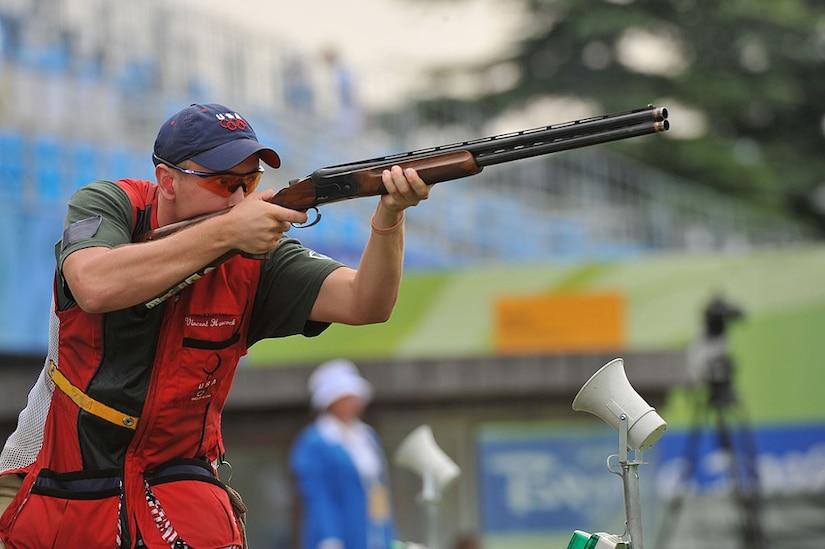
The unit is composed of five competitive shooting sections, each with world-class training facilities and competition grounds.
Those teams include: service rifle, action shooting, international rifle, service pistol and shotgun.
These teams have represented the United States during every Summer Olympics since 1960 and have earned 24 Olympic medals since that time.
The unit builds and customizes small arms and ammunition through its Custom Firearms Shop. The Army's finest gunsmiths, machinists, range technicians and ammunition loaders staff the shop. They are known as the backbone, or "pit crew," of the marksmanship teams.
The Custom Firearms Shop's research and development efforts have enhanced the accuracy and reliability of the Army's competitive weapon systems and ammunition and intensified the combat effectiveness of the entire Army.
For example, the M21 and M24 sniper systems — special purpose rifles and squad-designated marksman rifles — were developed and tested in the shop.
Sept. 8, 2020 | BY AIR FORCE AIRMAN 1ST CLASS SETH HADDIX
With Air Force basic military training coming to Keesler Air Force Base, Mississippi, due to COVID-19, the mission of the base has become to not only train but create premier war-fighters.
A team of airmen from different units around the Air Education and Training Command worked together to help the 81st Logistics Readiness Squadron issue uniforms to trainees at Keesler.
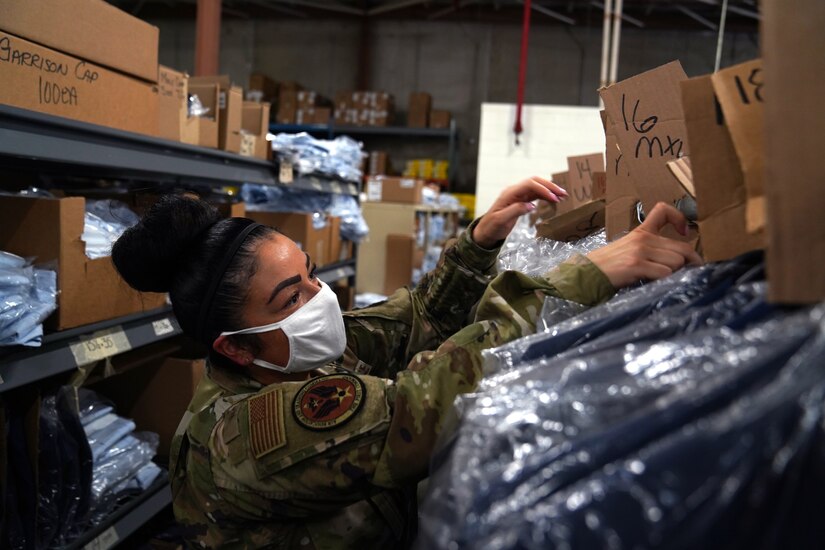
''Our purpose of coming here as a team is to support the training mission of Keesler and BMT,'' said Air Force Master Sgt. Melina Jimerson, 81st LRS BMT supply lead. ''Continuing to train through obstacles such as COVID-19 keeps our Air Force moving forward, so my team must stay resilient to do our part.''
The uniforms being issued to the trainees were supplied from the 502nd LRS, Joint Base San Antonio-Lackland, Texas. The group had approximately a week to prepare and organize the process.
''We came in with limited equipment and time, and had to develop a system that would work,'' said Air Force Senior Airman Hope Curry, 81st LRS material management journeyman. ''Through trials and tribulations, the process became more natural. We overcame and adapted quickly to equip the trainees with what they need.''
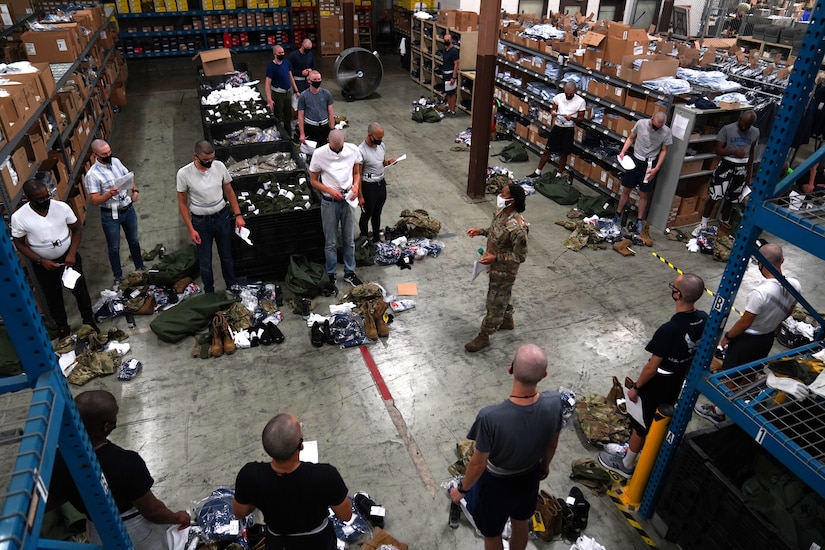
Training airmen safely and efficiently through COVID-19 has become possible with the units of AETC coming together as a team.
''Within our own units, we all have our own unique missions,'' Jimerson said. ''However, we've been able to combine our skills to support the BMT mission, which is to motivate, train and inspire the next generation of airmen with the foundation to deliver 21st century airpower without interruption.''
(Air Force Airman 1st Class Seth Haddix is assigned to the 81st Training Wing).